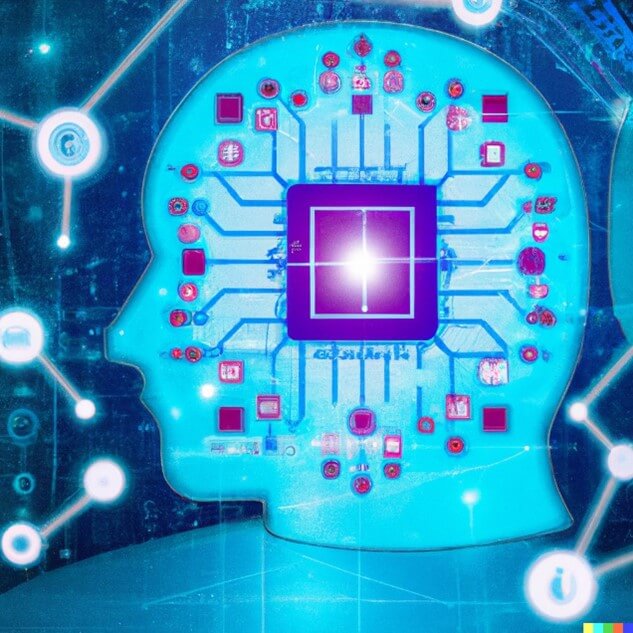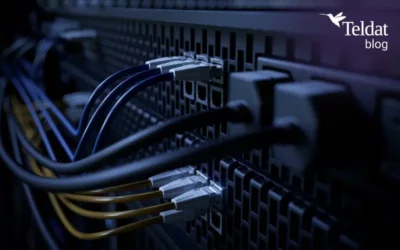
Artificial Intelligence – AI as a branch of computer science
Artificial Intelligence – AI is a branch of computer science that deals with creating machines that can perform tasks that typically require human intelligence. This field aims to develop systems that can reason, learn, make decisions, and even perceive the world around them. AI can be further divided into two categories: narrow AI and general AI.
- Narrow AI is designed to perform specific tasks, such as speech recognition or image classification.
- General AI is capable of performing any intellectual task that a human can.
Machine Learning (ML) is a subset of AI that enables computers to learn from data without being explicitly programmed. This is achieved by using algorithms that can identify patterns in the data and make predictions based on those patterns. There are three main types of ML: supervised learning, unsupervised learning, and reinforcement learning.
- Supervised learning: the algorithms are trained using labeled data, and the goal is to make predictions about future data.
- Unsupervised learning: the algorithms are trained using unlabeled data, and the goal is to identify patterns in the data.
- Reinforcement learning: the algorithms are trained through trial and error, and the goal is to maximize rewards.
Deep Learning (DL) is a type of machine learning that uses neural networks with multiple hidden layers to model complex patterns and relationships in data. It is considered a subset of artificial intelligence and has been used to achieve breakthrough results in fields such as computer vision, speech recognition, and natural language processing.
Applications of Artificial Intelligence – AI in Cybersecurity
The application of AI in cybersecurity has the potential to revolutionize the way organizations protect themselves from cyber threats. AI can be used to detect and prevent cyber threats in real-time, and it can also be used to analyze large amounts of data to identify patterns that indicate a potential threat. Some of the ways AI can be used in cybersecurity are:
- Threat Detection: AI – Artificial Intelligence can be used to detect cyber threats by analyzing large amounts of data and identifying patterns that indicate a potential threat. This allows organizations to respond to threats more quickly and effectively.
- Malware Detection: AI – Artificial Intelligence can be used to detect malware by analyzing code and identifying patterns that are indicative of malicious behavior. This allows organizations to detect and prevent malware before it can cause damage.
- Phishing Detection: AI – Artificial Intelligence can be used to detect phishing attacks by analyzing the content of emails and identifying patterns that are indicative of phishing. This allows organizations to detect and prevent phishing attacks before they can cause damage.
- Network Security: AI – Artificial Intelligence can be used to monitor network traffic and identify patterns that indicate a potential threat. This allows organizations to detect and prevent cyber attacks before they can cause damage.
Advantages of Using Artificial Intelligence – AI in Cybersecurity for Companies
The use of Artificial Intelligence – AI in cybersecurity has numerous advantages for companies, some of which include:
- Improved Security: AI can be used to detect and prevent cyber threats in real-time, which can improve the overall security of an organization.
- Increased Efficiency: AI can analyze large amounts of data much faster than a human, which can increase the efficiency of security operations.
- Cost Savings: By automating the process of detecting and preventing cyber threats, organizations can reduce the need for manual labor, which can result in cost savings.
- Better Decision Making: AI can be used to analyze data and provide insights that can help organizations make better decisions about their security operations.
- Better Response Time: AI can detect and respond to cyber threats in real-time, which can help organizations respond.
In conclusion, Artificial Intelligence – AI and Machine Learning ML are two concepts that are making a significant impact on the field of cybersecurity. By automating many of the tasks that are performed manually, AI can save time and reduce the risk of human error. Moreover, AI can process large amounts of data much faster than humans, making it easier to identify and prevent cyber threats on a large scale. Companies that invest in cybersecurity and AI will be better equipped to protect their digital assets and will have a competitive advantage in today’s rapidly evolving technology landscape.
Teldat is always working in the edge of new technologies and we apply AI algorithms and ML templates in our cybersecurity solutions and products to provide the most advanced and adaptative protection to our customers.
Note: The images included in this blog post have been generated using AI.
Source & other points.
https://www.balbix.com/insights/artificial-intelligence-in-cybersecurity/
https://masterenciberseguridadonline.es/inteligencia-artificial-aplicada-a-ciberseguridad/
https://labs.openai.com/ (DALL-E)


























